14 Types of Orchards: [Characteristics and Operation]
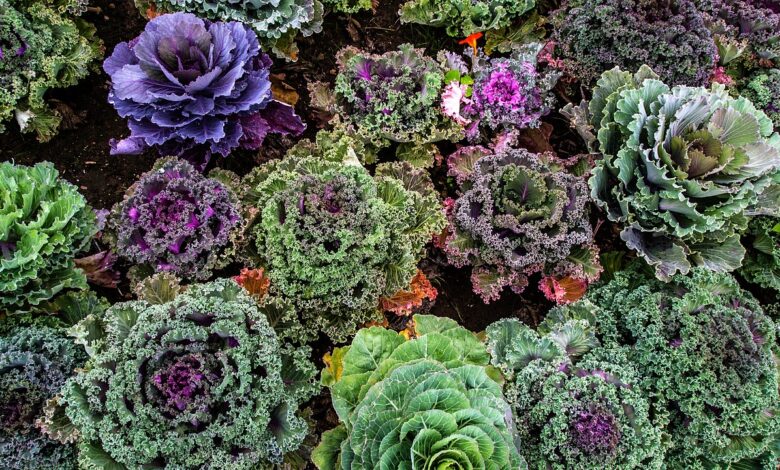
What types of gardens are there?
How about the city garden? The organic garden?
Next, we will list various types of gardens, various forms of urban agriculture with different objectives but with many benefits.
14 types of orchards that we can find
Private gardens seeking economic benefit
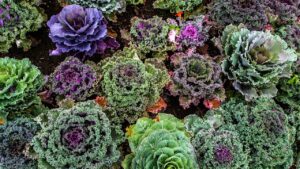 The owners of these gardens grow and sell the harvested organic products to customers (individuals, restaurants or consumer groups).
The owners of these gardens grow and sell the harvested organic products to customers (individuals, restaurants or consumer groups).
Rental gardens or leisure gardens also fall into this category: small plots are rented to urban gardeners on private land.
Private users pay a monthly or annual fee for the garden , which generally includes services such as irrigation, tools necessary for cultivation, and professional advice.
The difference between the two types is that the former are normally for profit and the latter generally do so for their own consumption and for pleasure.
Public gardens
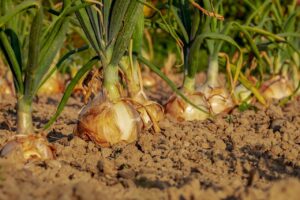 They are basically public gardens on assigned (or leased) land on public land managed by the state or municipality.
They are basically public gardens on assigned (or leased) land on public land managed by the state or municipality.
They are commonly used in organic agriculture and in teaching sustainable technologies.
The competent authority is responsible for the management and maintenance of the facilities and determines the allocation, scheduling and use specifications of the plots.
In many cases, these public gardens are used by specific social groups, such as the elderly, the unemployed, children or people in a state of social exclusion.
The main objectives of municipal gardens and other public gardens are: the restoration and protection of urban spaces and local varieties, the practice and dissemination of organic agriculture, the use of education and training, and the establishment of social spaces. , especially the socialization of the most vulnerable groups.
Educational gardens
 There are several types of gardens whose purposes are environmental education, agricultural training or support for basic education.
There are several types of gardens whose purposes are environmental education, agricultural training or support for basic education.
Some examples are school gardens, gardens established in public facilities (universities, educational centers, etc.), or collective teaching gardens in which the people involved cooperate in maintaining the garden.
At the same time, these types of gardens organize free activities or courses designed for learning and practice.
In these gardens, the organization is in charge of teaching cultivation techniques to the participants and sensitizing them on environmental issues.
They are becoming more and more fashionable in schools, where spaces are designated for the little ones (and not so young) to start with horticultural activities.
Healing or therapeutic gardens
 Work in orchards and gardening is another option for leisure and rehabilitation for all types of patients and vulnerable groups.
Work in orchards and gardening is another option for leisure and rehabilitation for all types of patients and vulnerable groups.
Therefore, these people increase the chances of distraction and at the same time promote their physical and mental health.
Therapists of all types of centers increasingly use gardens and orchards as therapy, which is why they are increasingly common in nursing homes, social communication centers, gardens in hospitals and other health centers, prisons, schools of disabled, etc.
This type of orchards have shown proven therapeutic purposes because they manage to keep active people, distract them and give them a goal to achieve (growing their flowers , ornamental plants , house plants, etc …).
Ornamental gardens

Gardens are still green and beautiful spaces, which is why more and more restaurants, hotels, houses and various public and private spaces are using them for dual purposes: food production and landscaping.
In addition to getting top-quality fruits and vegetables, these establishments manage to beautify the place and lead their customers to enjoy being there more.
Vertical gardens
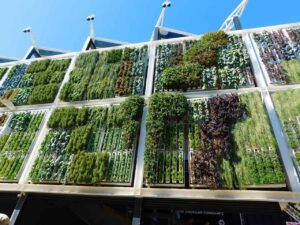
The vertical garden or orchard is one of the most fashionable decorative gardens.
Use containers on the walls, usually to build a garden on a special substrate .
In general, these types of vertical gardens are usually made from climbing plants . It has numerous benefits, such as providing greater insulation and also decorating the place considerably.
Along with aromatic plants , succulents are hardy and aesthetically attractive, making them one of the most common options when creating a vertical garden.
Hydroponics orchards
 Hydroponic crops are also in fashion. This is due to its relative simplicity, practicality, and efficiency.
Hydroponic crops are also in fashion. This is due to its relative simplicity, practicality, and efficiency.
The Hydroponics or Hydroponic farming is a method of growing plants using mineral solutions instead of agricultural soil.
The roots absorb a balanced solution of nutrients that is soluble in water and has the necessary chemical elements for plant growth, chemical elements can only grow in aqueous solutions or in inert media (such as washed sand, gravel or perlite).
Ecological gardens
This type of orchards are characterized by being ecological.
What does this mean? The use of chemicals, pesticides and other products that can alter and / or harm the plants, as well as the crops that are obtained, are avoided at all costs.
Organic farming builds on this, as well as permaculture .
Orchards with automatic irrigation
 As the extensions of land where a garden is made are larger, it leads to more automated techniques in terms of irrigation systems.
As the extensions of land where a garden is made are larger, it leads to more automated techniques in terms of irrigation systems.
We, who cultivate in a small area, automation through drip irrigation is essential (in addition to saving water).
But there are also orchards watered automatically by sprinkling, capillarity , blanket, etc …
Orchards according to shape
Gardening is the technique of planting crops in a suitable system. There are different planting methods and therefore different arrangements.
Some of these types of disposition are:
- Square method.
- Rectangular method.
- Quincunx method.
- Triangular method.
- Hexagonal method.
- Contour or terrace method.
These systems can vary to some extent for different varieties.
Earth gardens
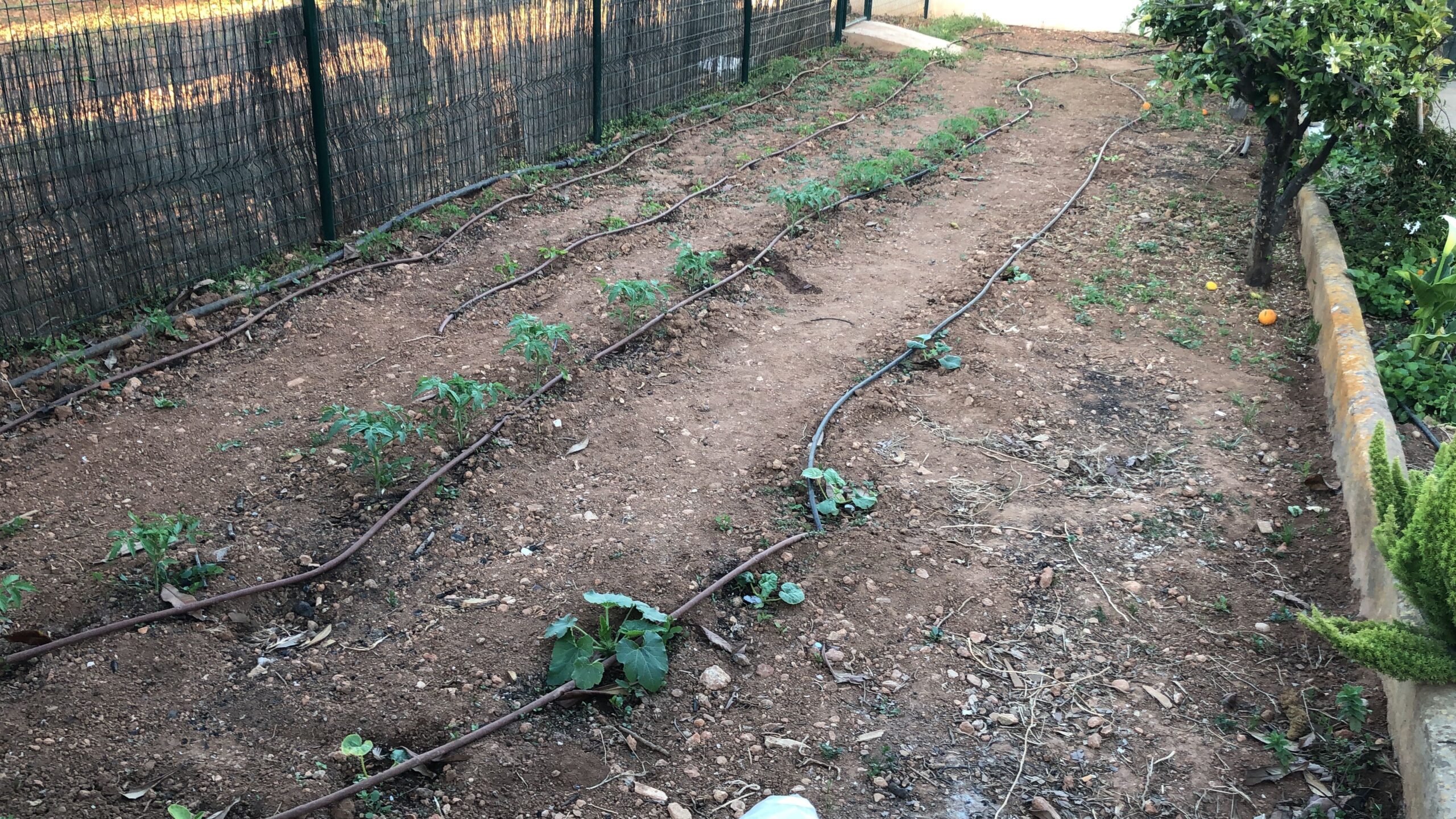 These types of orchards are the most common and the most commonly known.
These types of orchards are the most common and the most commonly known.
In this type of orchard, the substrate is always soil, or soil formed by the accumulation of eroded rocks of different particle sizes and organic matter.
Therefore, the land for these gardens depends on the geological conditions of the area.
If the rock is acidic (granite, quartz, basalt, etc.), the soil will be weakly acidic, and if it is alkaline (limestone, dolomite, marl, etc.) it will be alkaline.
If you are very close to the sea, or if there were salty lakes, ponds, or swamps in the past, the soil is likely saline-alkaline.
Farmers often try to improve soil characteristics by adding nutrients, organic matter, and other amendments (such as lime, wood ash , etc.).
To know more: How to measure the pH of the soil.
Orchards using containers
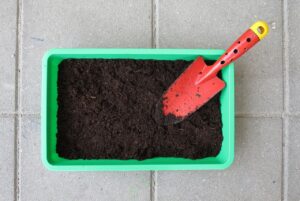
Container gardens are gardens where plants are grown, and the root system cannot continue to grow through the soil.
Containers can be small flower pots, flower pots, planting platforms, decks, recycling bins, etc.
No matter what type of substrate (even garden soil) is used, once placed in the container, we are already talking about this type of garden.
If you want to be successful in this type of garden, the usual approach is to use a composite material that contains porous materials that can retain a lot of water, but at the same time keep the soil airy and spongy.
In addition, it must be nutritious, so it usually contains compost , worm castings or other organic or mineral fertilizers .
Orchards in terraces
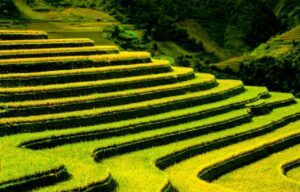
In this type of orchards, the growth space is a set of growth lines that prevent us from stepping on ourselves. They are usually distributed at different levels of height.
It can be accessed from the side to complete the job. The width of these beds is important to work comfortably: from a minimum of 60 cm to a maximum of 3 or 4 meters.
Delimitation methods can be used to avoid stepping on, which can be physical objects, grown on the ground, or lifted. If you want to do mechanical farming, you can widen it.
A method will be used to define them to avoid trampling, because trampling can be physical (rope, wood).
If we also opt for zero tillage, then we can opt for Gaspar Caballero de Segovia’s roof design, which integrates support plants in the growing area.
High Beds – Define these by increasing the growing area relative to the hallway. The sides can be covered with some material to maintain the soil or not covered (greater water consumption, more drainage).
Fruit orchards
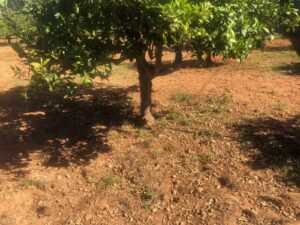 These types of orchards tend to have large areas and are often used for financial gain.
These types of orchards tend to have large areas and are often used for financial gain.
Very common in agriculture , fruit orchards include a large number of a certain fruit tree, or several. For example, in Spain orange or lemon orchards are common .
In Chile there are more and more avocado orchards . California is dominated by vineyards , apple orchards, and pear orchards .

![Photo of Cat’s Claw Plant: [Cultivation, Irrigation, Associations, Pests and Diseases]](https://www.complete-gardening.com/wp-content/uploads/2022/08/cats-claw-plant-cultivation-irrigation-associations-pests-and-diseases-390x220.png)
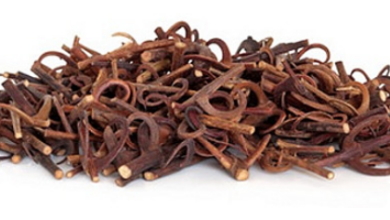
![Photo of Anthracnose: [Identify, Treat and Prevent this Fungus]](https://www.complete-gardening.com/wp-content/uploads/2022/08/anthracnose-identify-treat-and-prevent-this-fungus-390x220.jpg)
![Photo of Polygala Myrtifolia: [Cultivation, Irrigation, Associations, Pests and Diseases]](https://www.complete-gardening.com/wp-content/uploads/2022/08/polygala-myrtifolia-cultivation-irrigation-associations-pests-and-diseases-390x220.jpg)